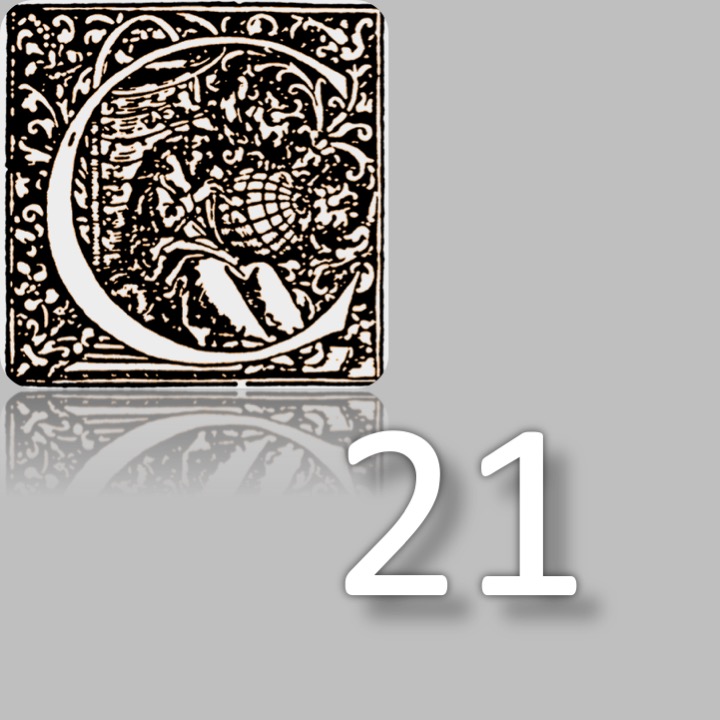Thirteen ways of looking at institutional history: a model for digital exhibitions from science archives
DOI:
https://doi.org/10.23925/1980-7651.2018v21;p71-83Keywords:
Institutional history, digital exhibition, science archive, history of biology, IndiaAbstract
Over the past decade, there have been many efforts to streamline the accessibility of archival material on the web. This includes easy display of oral history interviews and archival records, and making their content more amenable to searches. Science archives wrestle with new challenges, of not just putting out the data, but of building spaces where historians, journalists, the scientific community and the general public can see stories emerging from the linking of seemingly disparate records. We offer a design architecture for an online public history exhibit that takes material from existing archives. Such a digital exhibit allows us to explore the middle space between raw archival data and a finished piece of work (like a book or documentary). The National Centre for Biological Sciences (NCBS) digital exhibit is built around thirteen ways to reflect upon and assemble the history of the institution, which is based in Bangalore, India. (A nod to Wallace Stevens' poem, “Thirteen Ways of Looking at a Blackbird”). The exhibit tries to bring to light multiple interpretations of NCBS, weaved by the voices of over 70 story tellers. The material for the exhibit is curated from records collected to build the Centre's archive. The oral history excerpts, along with over 600 photographs, official records, letters, and the occasional lab note, give a glimpse into the Centre's multifaceted history and show connections with the present.


.png)
